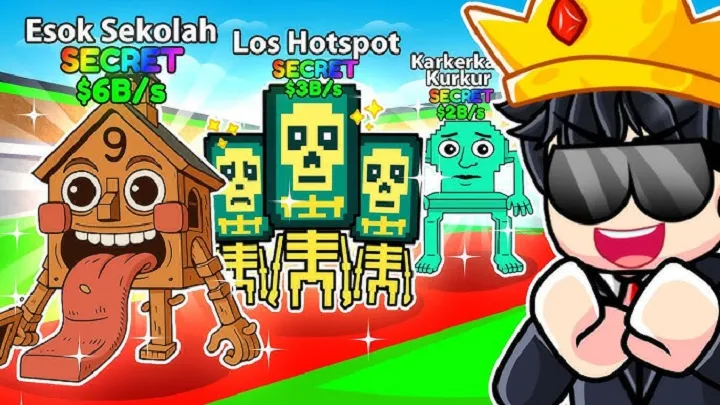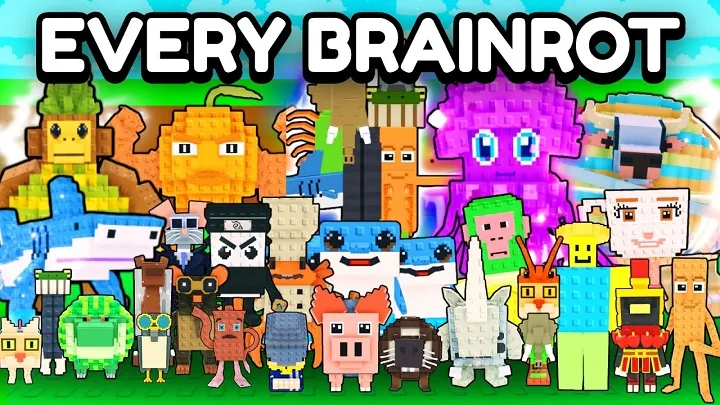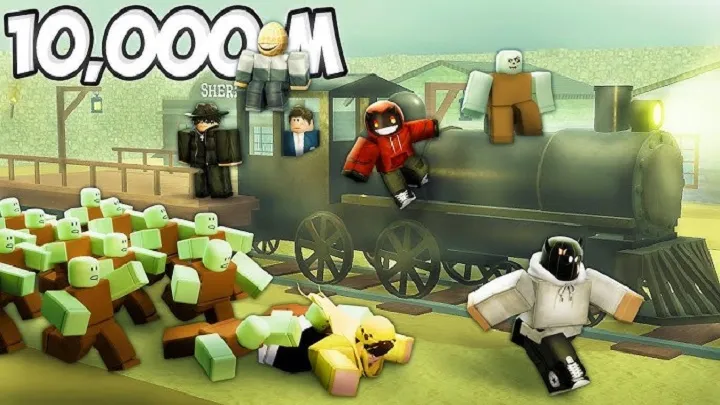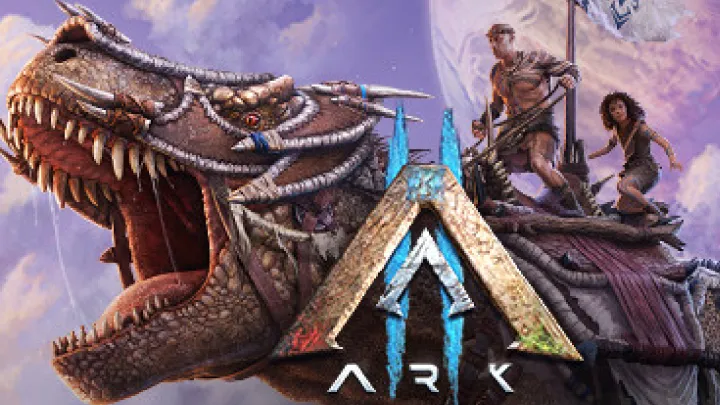Steal a Brainrot Roblox – The Core Struggle with Team Coordination and Player Chaos
Introduction
Steal a Brainrot is one of the wildest and fastest-growing experiences on Roblox, known for its absurd humor, unpredictable battles, and chaotic energy. Unlike many structured Roblox games, Steal a Brainrot thrives on randomness. Its very design invites players into disorderly matches where rules bend, objectives shift, and chaos reigns supreme. However, the biggest issue players face is not the unpredictability itself but how to achieve effective team coordination in an environment built on chaos. This tension between cooperative play and unpredictable player behavior is the most defining struggle of Steal a Brainrot.
This article dives deep into this issue across time-based stages of gameplay, from the first chaotic minutes to advanced team strategies, showing how the balance between teamwork and chaos determines the long-term appeal of the game.
First Minutes – Drowning in Pure Confusion

The first moments inside Steal a Brainrot overwhelm players with noise, movement, and unpredictable character actions. Everyone seems to run in different directions, yelling through chat, and causing havoc.
For newcomers, this randomness creates excitement but also discouragement. Without direction, new players rarely understand objectives, leaving them as easy targets for more experienced chaos veterans. The lack of onboarding highlights the challenge of team coordination from the very start.
Early Gameplay – The Illusion of Teamwork
In the first few matches, players attempt to create some form of team cooperation. They group together, shout commands in chat, or follow stronger players. On the surface, this looks like teamwork, but in reality, it often collapses.
Why Early Teamwork Fails
- Players prioritize personal chaos over team goals.
- Lack of role clarity leads to overlapping tasks.
- Communication breaks down due to chaotic pace.
Thus, early teamwork is often more of an illusion than a functioning system.
Hours Later – Patterns of Chaos
After several hours of play, players begin to notice patterns. Despite the chaos, there are repeatable situations: choke points, common ambush routes, and predictable brainrot object spawns.
Emerging Player Patterns
- Veterans exploit predictable spawn areas.
- Groups form naturally around high-value targets.
- Chaos often shifts toward a few key hotspots.
At this stage, coordination begins to look possible, but the unpredictability of players’ choices still makes consistency nearly impossible.
Midgame Struggles – Organizing the Unorganizable
By the midgame stage, players who want structure attempt to enforce strategies. They call for defense lines, assign roles, or create formations. Unfortunately, most attempts break down quickly.
The very culture of Steal a Brainrot thrives on disorder. Players often ignore plans in favor of trolling, experimenting, or chasing viral moments. This constant clash between serious players and chaos-driven players creates frustration for those who seek organized gameplay.
The Communication Problem

One of the most serious issues is communication. Unlike professional shooters or MOBAs, Steal a Brainrot lacks integrated systems for structured coordination.
Issues with Communication
- Chat scrolls too fast to follow commands.
- Voice chat, when used, is filled with noise or trolling.
- No built-in systems to mark or highlight objectives.
Without proper communication tools, coordination becomes dependent on luck and player discipline, both of which are unreliable in a chaos-first game.
Team Roles – When Coordination Works
Despite these struggles, some rare matches demonstrate the beauty of coordination within Steal a Brainrot. Players take on natural roles: defenders, attackers, and support characters.
Successful Team Role Examples
- A defender guarding spawn areas.
- Attackers creating distraction to split enemy focus.
- Support players feeding information through chat.
When this alignment happens, the chaos doesn’t disappear but instead becomes manageable, turning disorder into strategic fun.
Emotional Rollercoaster – Frustration and Satisfaction
The coordination issue deeply affects the emotional experience. A well-synchronized team delivers euphoric satisfaction, while a match filled with selfish chaos leaves players frustrated.
This constant swing between joy and irritation defines the long-term emotional relationship with the game. Some thrive on the unpredictability, while others burn out.
Community Solutions – Player-Invented Coordination
The Roblox community, resourceful as always, has attempted to fix this issue themselves. From Discord groups to fan-made strategy guides, players create external systems to impose order on the chaos.
Common Community Fixes
- Private lobbies for coordinated groups.
- Third-party communication apps like Discord.
- Player-made tutorials teaching team basics.
These fixes prove that the demand for coordination exists, even if the game’s design resists it.
Developer’s Responsibility – To Embrace or Limit Chaos
The developers face a tough question: should they lean into the chaos or provide more structure for teams? Adding coordination tools might make the game less funny and unpredictable. On the other hand, ignoring the issue risks alienating players who want fairness and strategy.
The identity of Steal a Brainrot hangs in this balance. The future depends on whether developers prioritize structured competitive longevity or raw chaotic fun.
Future Possibilities – Toward Balanced Chaos
If Steal a Brainrot wants to grow further, developers could introduce scalable systems for teamwork.
Possible Solutions
- In-game role assignments.
- Ping systems for quick communication.
- Chaos-adjustable game modes (casual chaos vs. competitive balance).
Such innovations would preserve the game’s core identity while making it more welcoming to both chaos-lovers and strategy-seekers.
Conclusion
Steal a Brainrot Roblox thrives on wild, unpredictable fun, but its greatest weakness is the difficulty of achieving true team coordination. The clash between structured teamwork and chaotic player culture defines its entire experience. At its best, the game creates unforgettable moments of absurd comedy and clever strategy. At its worst, it leaves players stranded in meaningless disorder. The future of Steal a Brainrot depends on whether the developers choose to embrace chaos completely or provide systems to balance it with meaningful coordination.

















